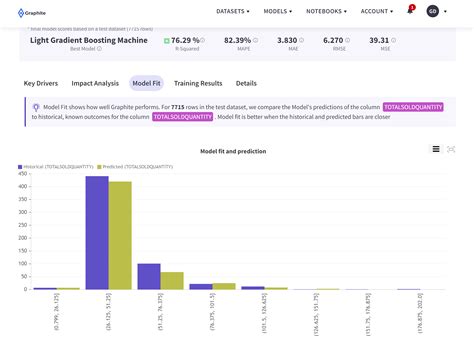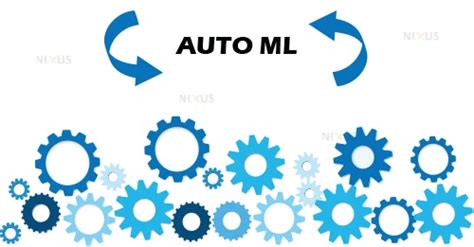Automated machine learning (Auto ML) has revolutionized the field of data science by enabling researchers and practitioners to automate the process of building and deploying machine learning models. With the increasing demand for machine learning solutions, Auto ML has become a crucial tool for organizations to improve their predictive modeling capabilities. However, to get the most out of Auto ML, it's essential to follow some best practices. In this article, we'll discuss five Auto ML fit tips to help you improve your machine learning modeling.
Understanding Your Data

Before diving into Auto ML, it’s crucial to understand your data. This involves exploring your dataset, identifying patterns, and preprocessing your data to ensure it’s in a suitable format for modeling. A thorough understanding of your data will help you to select the most appropriate algorithms and hyperparameters for your problem. For instance, if you’re dealing with a classification problem, you’ll want to ensure that your target variable is categorical and that you have a sufficient number of samples in each class. Descriptive statistics and data visualization techniques can be useful in this stage.
Key Points
- Explore your dataset to identify patterns and correlations
- Preprocess your data to ensure it's in a suitable format for modeling
- Select the most appropriate algorithms and hyperparameters for your problem
- Use descriptive statistics and data visualization techniques to understand your data
- Ensure your target variable is categorical for classification problems
Feature Engineering
Feature engineering is a critical step in the machine learning workflow. It involves selecting and transforming the most relevant features from your dataset to improve the performance of your model. Auto ML can automate the feature engineering process, but it’s essential to have a good understanding of the features that are most relevant to your problem. For example, if you’re building a model to predict customer churn, you may want to engineer features such as average order value and time since last purchase. By selecting the most relevant features, you can improve the accuracy and interpretability of your model.
| Feature Engineering Techniques | Description |
|---|---|
| Dimensionality reduction | Reducing the number of features in your dataset to improve model performance |
| Feature scaling | Scaling your features to have similar magnitudes to improve model convergence |
| Feature selection | Selecting the most relevant features from your dataset to improve model accuracy |

Model Selection and Hyperparameter Tuning

Auto ML can automate the process of model selection and hyperparameter tuning, but it’s essential to have a good understanding of the different algorithms and hyperparameters available. For example, if you’re dealing with a regression problem, you may want to use a random forest or gradient boosting algorithm. You’ll also want to tune the hyperparameters of your model, such as the learning rate and number of estimators, to improve its performance. By selecting the most appropriate algorithm and hyperparameters, you can improve the accuracy and robustness of your model.
Model Evaluation and Deployment
Once you’ve trained and tuned your model, it’s essential to evaluate its performance on a hold-out test set. This involves using metrics such as accuracy and F1 score to evaluate the performance of your model. You’ll also want to consider the cost and benefits of deploying your model in a production environment. By evaluating the performance of your model and considering the costs and benefits of deployment, you can ensure that your model is providing value to your organization.
What is the difference between Auto ML and traditional machine learning?
+Auto ML automates the process of building and deploying machine learning models, while traditional machine learning requires manual selection and tuning of algorithms and hyperparameters.
How do I select the most appropriate algorithm for my problem?
+The choice of algorithm depends on the type of problem you're trying to solve. For example, if you're dealing with a classification problem, you may want to use a random forest or support vector machine algorithm.
What is the importance of feature engineering in machine learning?
+Feature engineering is critical in machine learning because it involves selecting and transforming the most relevant features from your dataset to improve the performance of your model.
In conclusion, Auto ML can be a powerful tool for building and deploying machine learning models. By following the five Auto ML fit tips outlined in this article, you can improve the performance and accuracy of your models. Remember to always evaluate and interpret your results, and to consider the costs and benefits of deploying your model in a production environment. With the right approach, Auto ML can help you to unlock the full potential of your data and drive business value for your organization.
